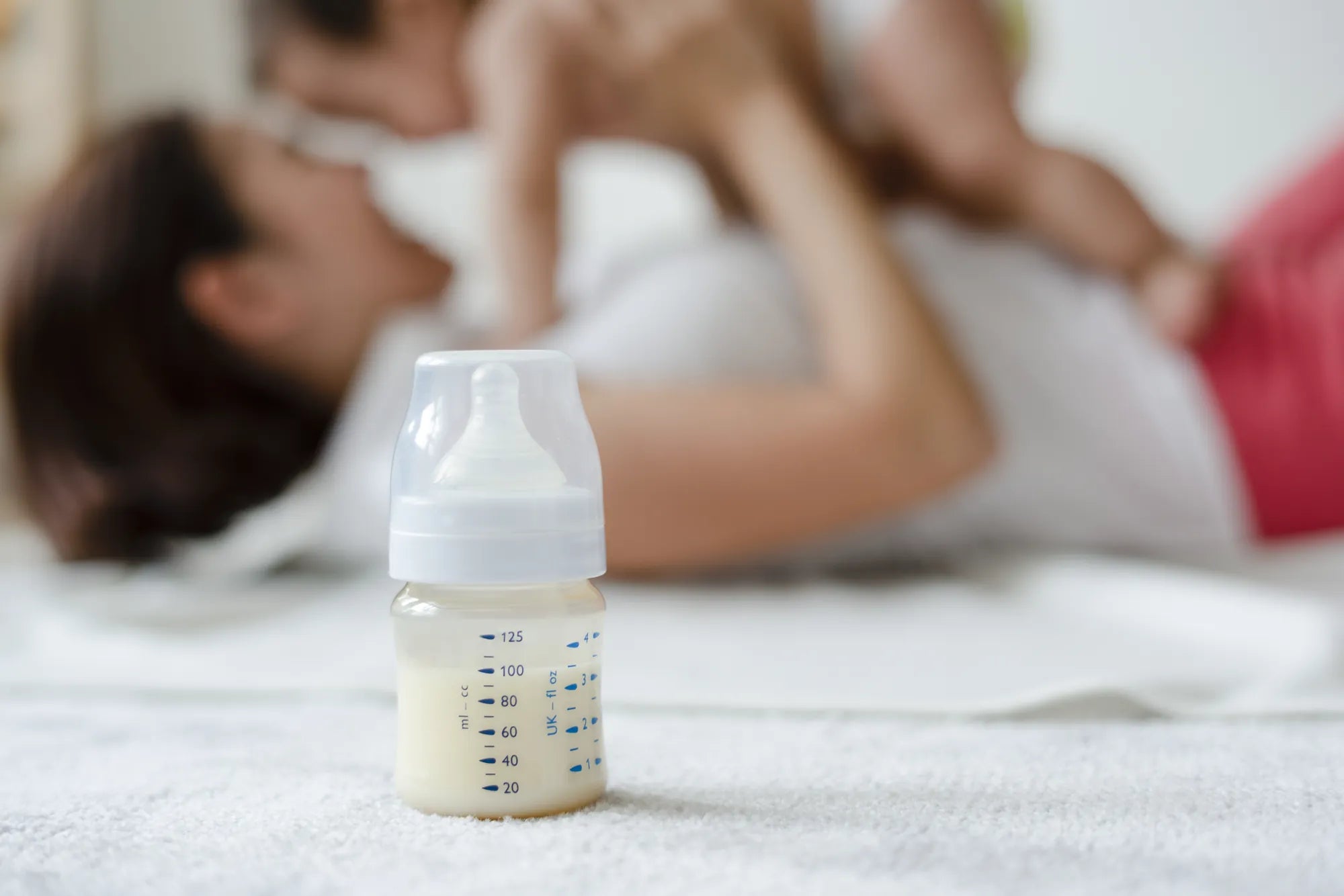Home
Pregnancy, Breastfeeding, and Pumping: The Ultimate Guide for Moms
How to Know If I Completely Empty Breasts While Pumping

How to Know If I Completely Empty Breasts While Pumping
Pumping breast milk can be a challenging yet rewarding experience for many mothers. One common concern is whether the breasts are being completely emptied during the process. Ensuring that your breasts are fully emptied is crucial for maintaining a healthy milk supply and preventing issues like engorgement or mastitis. This article will guide you through the signs and techniques to help you determine if your breasts are completely emptied while pumping.
Understanding Breast Milk Production
Breast milk production operates on a supply-and-demand basis. The more milk is removed from the breasts, the more milk your body will produce. This means that completely emptying your breasts during each pumping session is essential for maintaining and increasing your milk supply. When milk is not fully removed, it can signal to your body that less milk is needed, potentially leading to a decrease in production.
Signs Your Breasts Are Completely Emptied
There are several indicators that can help you determine if your breasts are fully emptied after pumping:
1. Softness of the Breasts
One of the most obvious signs is the feel of your breasts. After a successful pumping session, your breasts should feel softer and less full. If they still feel firm or lumpy, it may indicate that not all the milk has been removed.
2. Decreased Milk Flow
During pumping, you’ll notice that the milk flow slows down significantly as your breasts become emptier. When the flow reduces to just a few drops or stops altogether, it’s a good sign that your breasts are nearly empty.
3. Comfort and Relief
If you feel a sense of relief and comfort after pumping, it’s likely that your breasts have been emptied. On the other hand, if you still feel discomfort or fullness, you may need to continue pumping or try different techniques to ensure complete emptying.
Techniques to Ensure Complete Emptying
Here are some effective techniques to help you fully empty your breasts while pumping:
1. Proper Pumping Technique
Ensure that you are using the correct pumping technique. Position the pump flanges correctly and use a comfortable suction level. Massaging your breasts before and during pumping can also help stimulate milk flow and ensure complete emptying.
2. Frequent Pumping Sessions
Pumping more frequently can help ensure that your breasts are fully emptied. Aim to pump every 2-3 hours, especially in the early stages of breastfeeding, to establish and maintain a good milk supply.
3. Double Pumping
Double pumping, or pumping both breasts simultaneously, can be more efficient and help you empty your breasts more completely. This method also saves time and can increase milk production.
4. Breast Compression
Using breast compression during pumping can help remove more milk. Gently compress your breasts while pumping to encourage milk flow and ensure that all milk ducts are emptied.
Common Challenges and Solutions
Some mothers may face challenges in completely emptying their breasts while pumping. Here are some common issues and how to address them:
1. Low Milk Supply
If you’re struggling with low milk supply, it’s important to pump frequently and ensure that your breasts are fully emptied each time. Staying hydrated, eating a balanced diet, and getting enough rest can also help boost milk production.
2. Engorgement
Engorgement can make it difficult to empty your breasts completely. Applying a warm compress before pumping and massaging your breasts can help soften the tissue and improve milk flow.
3. Clogged Milk Ducts
Clogged milk ducts can prevent complete emptying of the breasts. Massaging the affected area, using a warm compress, and ensuring proper pumping technique can help clear the blockage and allow for complete emptying.
Monitoring Your Progress
Keeping track of your pumping sessions and milk output can help you monitor your progress and ensure that your breasts are being fully emptied. Note the duration of each session, the amount of milk expressed, and how your breasts feel afterward. Over time, you’ll become more attuned to your body’s signals and better able to determine when your breasts are completely emptied.
When to Seek Help
If you’re consistently having trouble emptying your breasts or experiencing pain, discomfort, or a significant drop in milk supply, it’s important to seek help from a lactation consultant or healthcare provider. They can provide personalized advice and support to help you overcome any challenges and ensure that your pumping sessions are effective.
Completely emptying your breasts while pumping is essential for maintaining a healthy milk supply and ensuring your comfort. By paying attention to the signs, using effective techniques, and addressing any challenges, you can optimize your pumping experience and provide the best nourishment for your baby. Remember, every mother’s journey is unique, so be patient with yourself and seek support when needed.
Share
